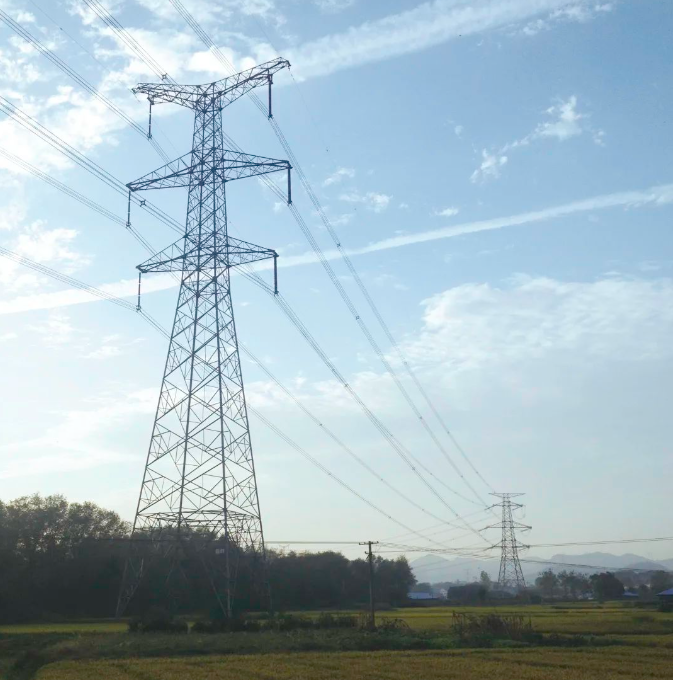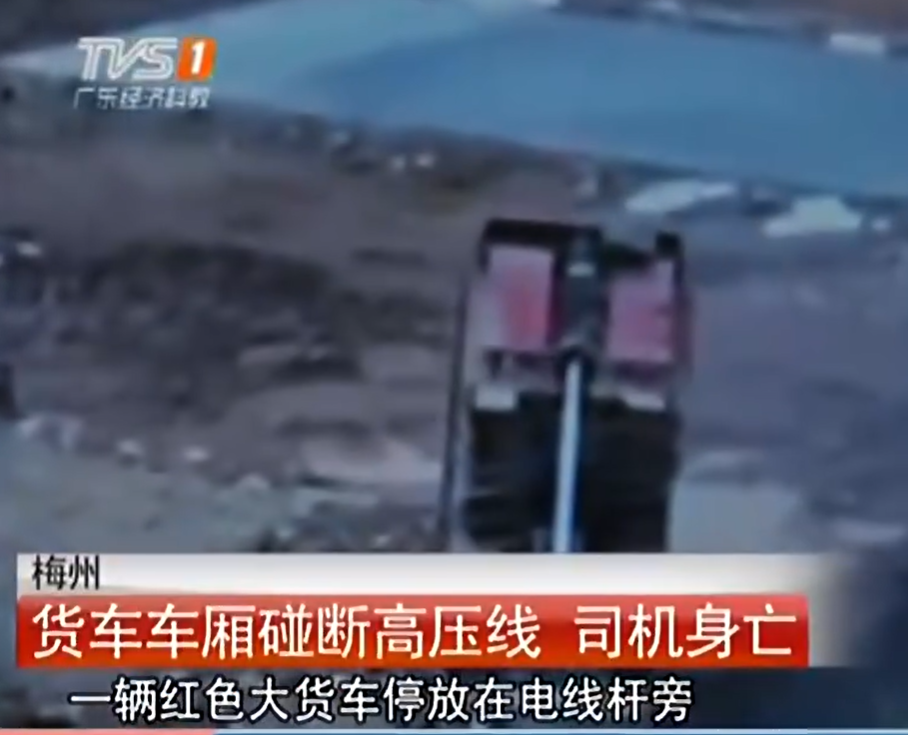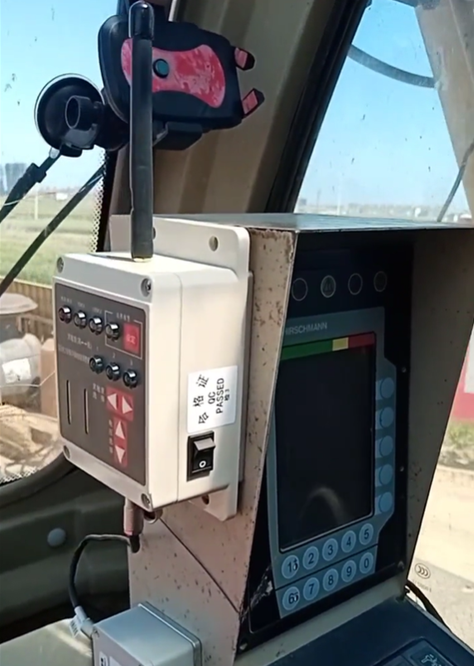Electricity is transmitted through high-voltage power lines by delivering high voltages, which are designed to minimize energy losses in the transmission process. However, high voltage also means that a strong current flows through the wire, which in turn creates a strong electromagnetic field around it. This electromagnetic field weakens rapidly with distance, so the closer you are to a high-voltage line, the greater the strength of the electromagnetic field and the higher the risk of electrocution.
What would happen if a vehicle with a certain height, such as a crane, is working under a high-voltage line? In fact, the safety hazard in this case is twofold.
On the one hand, if the crane arm inadvertently touches a high-voltage line, due to its metal construction, the electric current will find a short-circuit path to the ground, and the crane will become part of this path. This will not only result in serious electric shock injury to the crane operator, but may even cause a fire. On the other hand, even if the crane is not in direct contact with the high voltage line, if the boom and the lifting object are close enough, the strong electromagnetic field may still trigger an arcing phenomenon, whereby the current tries to "leapfrog" the air gap to reach the crane, which may also result in electrocution or fire. Basically, every year, there are several cases of offline construction leading to personal electrocution, injury, body fires, sparks coming out of wires at the point of contact, etc., and even crane towers are at risk.
The fundamental measure to address the above problems is strict compliance with the relevant safety codes and standards. For example, thorough planning and risk assessment should be carried out before construction to ensure that all operations are carried out at a safe distance. In addition, the use of protective covers or barriers made of non-conductive materials can effectively isolate the effects of electromagnetic fields and reduce the risk of electrocution and fire. Meanwhile, construction sites should be equipped with the necessary safety warning signs and alert devices to ensure that operators are always aware of their distance from high voltage lines.
Our DX-JDS100 Crane Near Electricity Early Warning Device is suitable for all the vehicles which have the need of anti-electric shock, the installation is very simple. It is very easy to install and remove after use. First to the front-end detection unit set a voltage level and distance (according to the actual situation), installed in the car arm "all the time" detection of strong electrical signals, and the implementation of the signal through the 2.4G wireless back to the intelligent warning unit; Receiving end of the intelligent warning unit is installed in the driver's compartment of the vehicle when the construction vehicle is close to the high voltage line, crossing the safety distance, the front-end detection of the high voltage line, the front-end warning unit is installed in the driver's compartment of the vehicle. When the construction vehicle approaches the high voltage line and crosses the safety distance, the front-end detects the high voltage signal and immediately transmits it to the alarm terminal to make a warning, issuing a "high voltage danger, please do not approach" prompt sound to remind the operator to adjust the distance and direction.
While safety threats around high voltage lines are real, tragedies can be effectively avoided with proper precautions. Our crane near power warning device technology is very mature, with many safety cases across the country and recognized on-site performance, assisting in the construction of smart construction sites and creating a safer working and living environment for the public.







